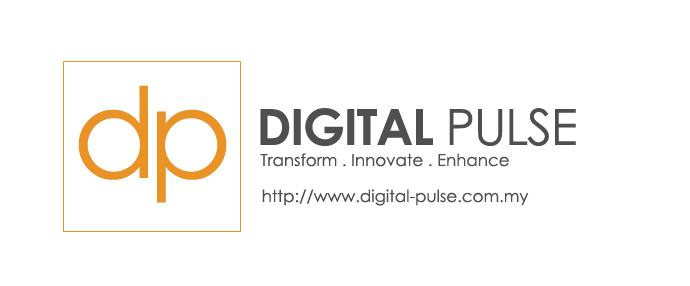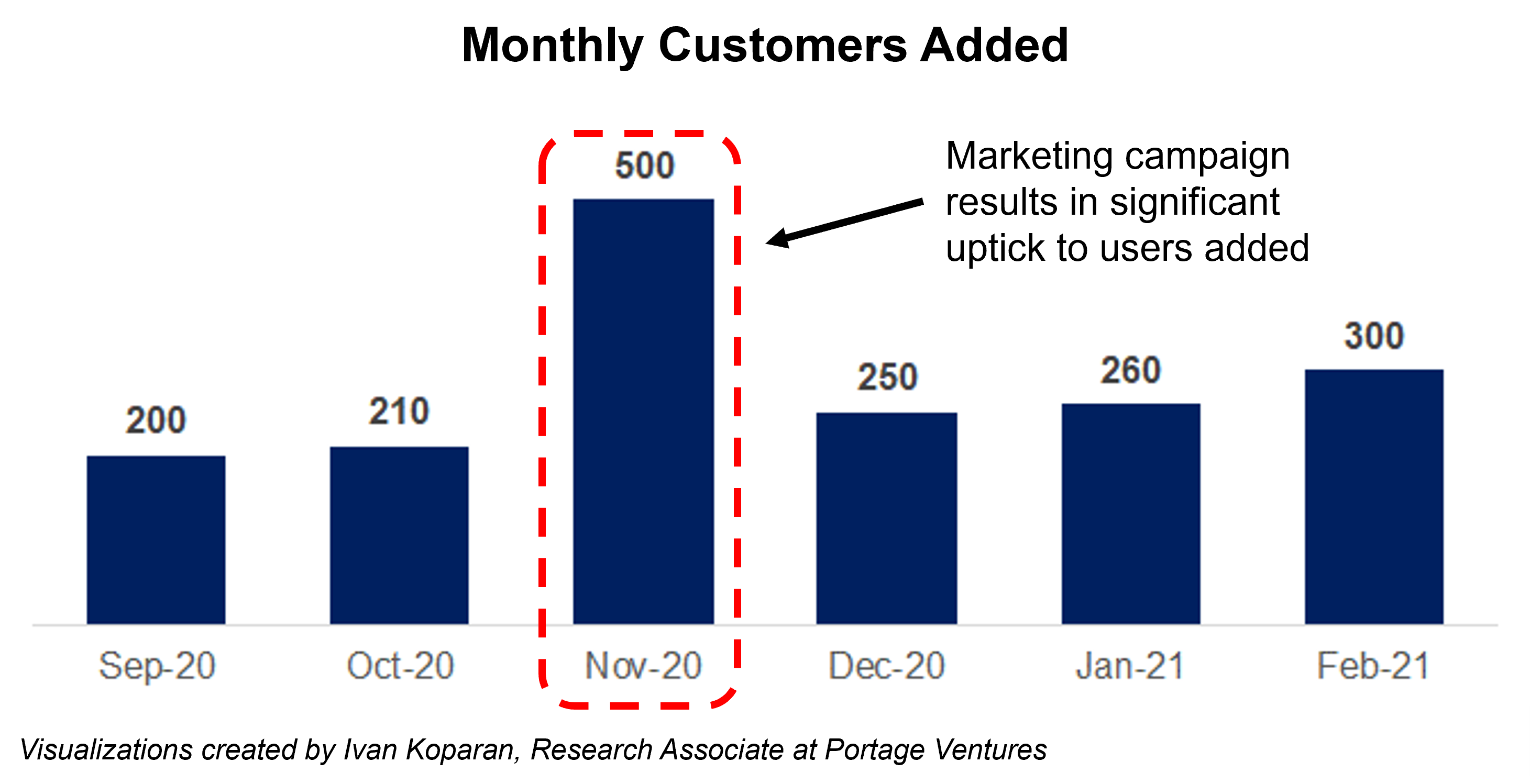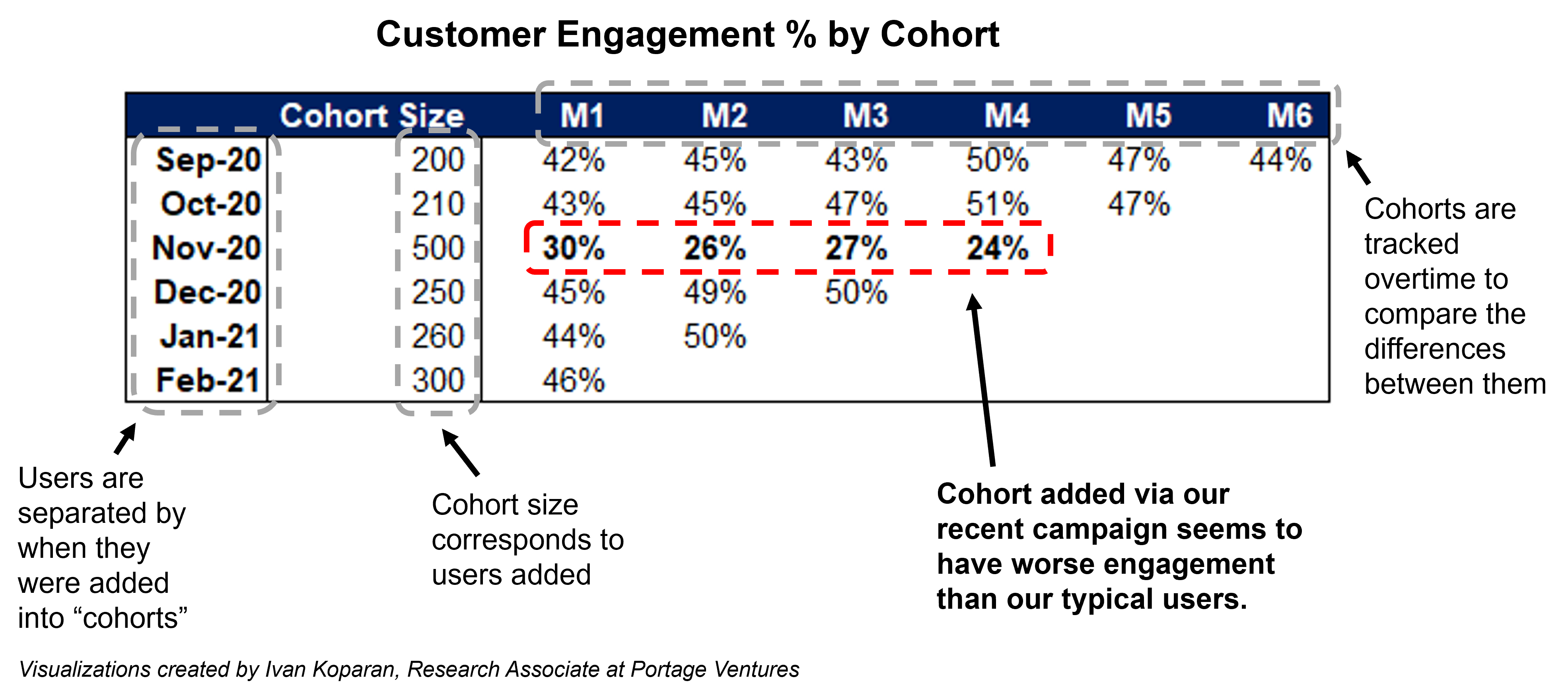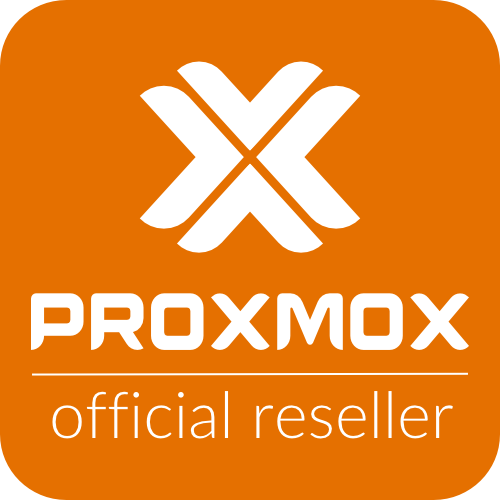- September 2, 2021
- by:
- in: Blog
Last summer, Jeeves was participating in Y Combinator’s summer batch as a fledgling fintech. This June, the startup emerged from stealth with $31 million in equity and $100 million in debt financing. Today, the company, which is building an “all-in-one expense management platform” for global startups, is announcing that it has raised a $57 million
Last summer, Jeeves was participating in Y Combinator’s summer batch as a fledgling fintech.
This June, the startup emerged from stealth with $31 million in equity and $100 million in debt financing.
Today, the company, which is building an “all-in-one expense management platform” for global startups, is announcing that it has raised a $57 million Series B at a $500 million valuation. That’s up from a valuation of just north of $100 million at the time of Jeeves’ Series A, which closed in May and was announced in early June.
While the pace of funding these days is unlike most of us have ever seen before, it’s pretty remarkable that Jeeves essentially signed the term sheet for its Series B just two months after closing on its Series A. It’s also notable that just one year ago, it was wrapping up a YC cohort.
Jeeves was not necessarily looking to raise so soon, but fueled by its growth in revenue and spend after its Series A, which was led by Andreessen Horowitz (a16z), the company was approached by dozens of potential investors and offered multiple term sheets, according to CEO and co-founder Dileep Thazhmon. Jeeves moved forward with CRV, which had been interested since the A and built a relationship with Thazhmon, so it could further accelerate growth and launch in more countries, he said.
CRV led the Series B round, which also included participation from Tencent, Silicon Valley Bank, Alkeon Capital Management, Soros Fund Management and a high-profile group of angel investors including NBA stars Kevin Durant and Andre Iguodala, Odell Beckham Jr. and The Chainsmokers. Notably, the founders of a dozen unicorn companies also put money in the Series B including (but not limited to) Clip CEO Adolfo Babatz; QuintoAndar CEO Gabriel Braga; Uala CEO Pierpaolo Barbieri, BlockFi CEO Zac Prince; Mercury CEO Immad Akhund; Bitso founder Pablo Gonzalez; Monzo Bank’s Tom Blomfield; Intercom founder Des Traynor; Lithic CEO Bo Jiang as well as founders from UiPath, Auth0, GoCardless, Nubank, Rappi, Kavak and others.
Whew.
The “fully remote” Jeeves describes itself as the first “cross country, cross currency” expense management platform. The startup’s offering was live in Mexico and Canada and today launched in Colombia, the United Kingdom and Europe as a whole.
Thazhmon and Sherwin Gandhi founded Jeeves last year under the premise that startups have traditionally had to rely on financial infrastructure that is local and country-specific. For example, a company with employees in Mexico and Colombia would require multiple vendors to cover its finance function in each country — a corporate card in Mexico and one in Colombia and another vendor for cross-border payments.
Jeeves claims that by using its platform’s proprietary Banking-as-a-Service infrastructure, any company can spin up their finance function “in minutes” and get access to 30 days of credit on a true corporate card (with 4% cash back), non card payment rails, as well as cross-border payments. Customers can also pay back in multiple currencies, reducing FX (foreign transaction) fees.
For example, a growing business can use a Jeeves card in Barcelona and pay it back in euros and use the same card in Mexico and pay it back in pesos, reducing any FX fees and providing instant spend reconciliation across currencies.
Thazhmon believes that the “biggest thing” the company is building out is its own global BaaS layer, that sits across different banking entities in each country, and onto which the end user customer-facing Jeeves app plugs into.
Put simply, he said, “think of it as a BaaS platform, but with only one app — the Jeeves app — plugged into it.”

Image Credits: Jeeves
The startup has grown its transaction volume (GTV) by more than 5,000% since January, and both revenue and spend volume has increased more than 1,100% (11x) since its Series A earlier this year, according to Thazhmon.
Jeeves now covers more than 12 currencies and 10 countries across three continents. Mexico is its largest market. Jeeves is currently beta testing in Brazil and Chile and Thazhmon expects that by year’s end, it will be live in all of North America and Europe. Next year, it’s eyeing the Asian market, and Tencent should be able to help with that strategically, he said.
“We’re building an all-in-one expense management platform for startups in LatAm and global markets — cash, corporate cards, cross-border — all run on our own infrastructure,” Thazhmon told TechCrunch. “Our model is very similar to that of Uber’s launch model where we can launch very quickly because we don’t have to rebuild an entire infrastructure. When we launch in countries, we actually don’t have to rebuild a stack.”
Jeeves’ user base has been doubling every 60 days and now powers more than 1,000 companies across LatAm, Canada and Europe, including Bitso, Kavak, RappiPay, Belvo, Runa, Moons, Convictional, Muncher, Juniper, Trienta, Platzi, Worky and others, according to Thazhmon. The company says it has a current waitlist of over 15,000.
Jeeves plans to use its new capital toward its launch in Colombia, the U.K. and Europe. And, of course, toward more hiring. It’s already doubled its number of employees to 55 over the past month.
Former a16z partner Matt Hafemeister was so impressed with what Jeeves is building that in August he left the venture capital firm to join the startup as its head of growth. In working with the founders as an investor, he concluded that they ranked “among the best founders in fintech” he’d ever interacted with.
The decision to leave a16z also related to Jeeves’ inflection point, Hafemeister said. The startup is nearly doubling every month, and had already eclipsed year-end goals on revenue by mid-year.
“It is evident Jeeves has found early product market fit and, given the speed of execution, I see Jeeves establishing itself as one of the most important fintech companies in the next few years,” Hafemeister told TechCrunch. “The company is transitioning from a seed company to a Series B company very quickly, and being able to help operationalize processes and play a role in their growth and maturity is an incredible opportunity for me.”
CRV General Partner Saar Gur (who is also an early investor in DoorDash, Patreon and Mercury) said he was blown away by Jeeves’ growth and how it has been “consistently hitting and exceeding targets month over month.” Plus, early feedback from customers has been overwhelmingly positive, Gur said.
“Jeeves is building products and infrastructure that are very difficult to execute but by doing the ‘hard things’ they offer incredible value to their customers,” he told TechCrunch. “We haven’t seen anyone build from the ground up with global operations in mind on day one.”







